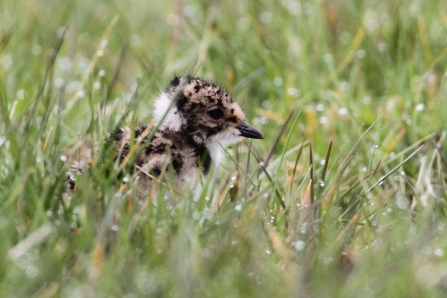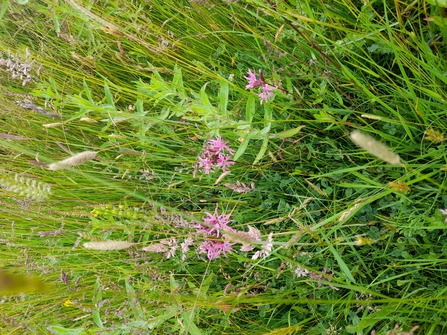After nurturing the plants from seed and tending to them for several months, the volunteers have begun planting the flowers at Lunt Meadows Nature Reserve, near Crosby. Lunt Meadows is a flood storage reservoir that doubles as a wetland nature reserve and is a haven for wildlife. Its regionally significant wetland bird numbers include Biodiversity Action Plan, regionally scarce and red list species such as skylark, avocet, lapwing, bittern and barn owl.
As well as enhancing the visitor experience, increasing plant biodiversity and providing habitat and food sources for many pollinators, it is hoped that the wildflowers will increase the insect population in the meadows as well, in turn providing more food for birds, dragonflies and small mammals who live on the reserve. Lapwing chicks, in particular, rely on a good population of beetles to munch on as they are growing up.


